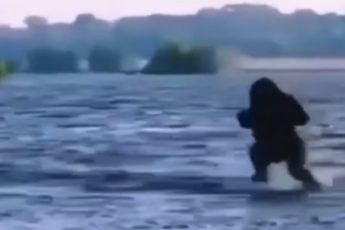Penguins are amazing birds! They’re unlike any other bird you’ve seen in your yard or at the park. They’ve adapted to their freezing surroundings in a way that makes them unique. Here are some interesting facts:

– Penguins are non-flying birds.
– While other birds have wings to assist them fly, penguins have adapted flippers to help them swim.
– The Southern Hemisphere is home to the majority of penguins.
– The Galapagos Penguin is the only penguin species that may be found in the wild north of the equator.
– Countries with large penguin populations include New Zealand, Australia, Chile, Argentina, and South Africa.

– There are no penguins at the North Pole.
– Penguins eat a variety of fish and other sealife that they catch when diving.
– Penguins can drink sea water.
– Penguins spend almost half of their time on land and half in the water.
– The Emperor Penguin is the tallest of all penguin species, growing to a height of 120 cm (47 in).
– Emperor Penguins have the ability to stay underwater for up to 20 minutes at a time.
– Emperor Penguins gather together to stay warm in Antarctica’s freezing weather.
— The second-largest penguin species is the king penguin. They have four layers of feathers which keep them warm on the cold subantarctic islands where they breed.

– Chinstrap Penguins get their name from the thin black band under their head. They appear to be wearing a black helmet sometimes, which might be helpful because they are the most aggressive penguin type.
– The crests of crested penguins are yellow, while their bills and eyes are red. Yellow-eyed penguins (also known as Hoiho) are endangered New Zealand penguins. Their population is estimated to be nearly 4000.
– Little Blue Penguins are the smallest penguins, averaging around 33 cm (13 in) in height.







